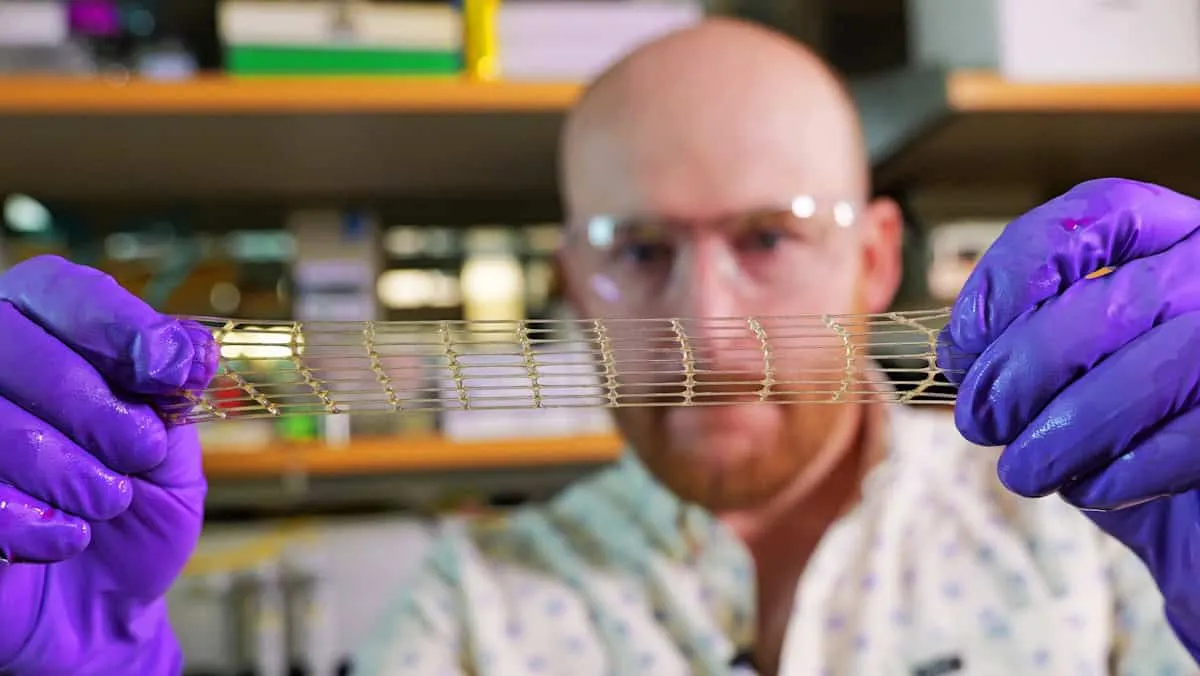3D Printing: Creating Strong, Stretchy Hydrogels for Tissue Applications

3D Printing and Hydrogels
Recent experiments highlight the remarkable strength and elasticity of hydrogels created through 3D printing. These hydrogels are significantly tougher than those produced using conventional digital light processing (DLP) methods. In tests, hydrogels formed using a new technique called CLEAR demonstrated durability levels that exceed standard expectations, presenting exciting possibilities for biomedical applications.
Key Benefits
- Improved adhesion to biological tissues
- Significantly enhanced mechanical strength
- Potential applications in medical devices
This article was prepared using information from open sources in accordance with the principles of Ethical Policy. The editorial team is not responsible for absolute accuracy, as it relies on data from the sources referenced.